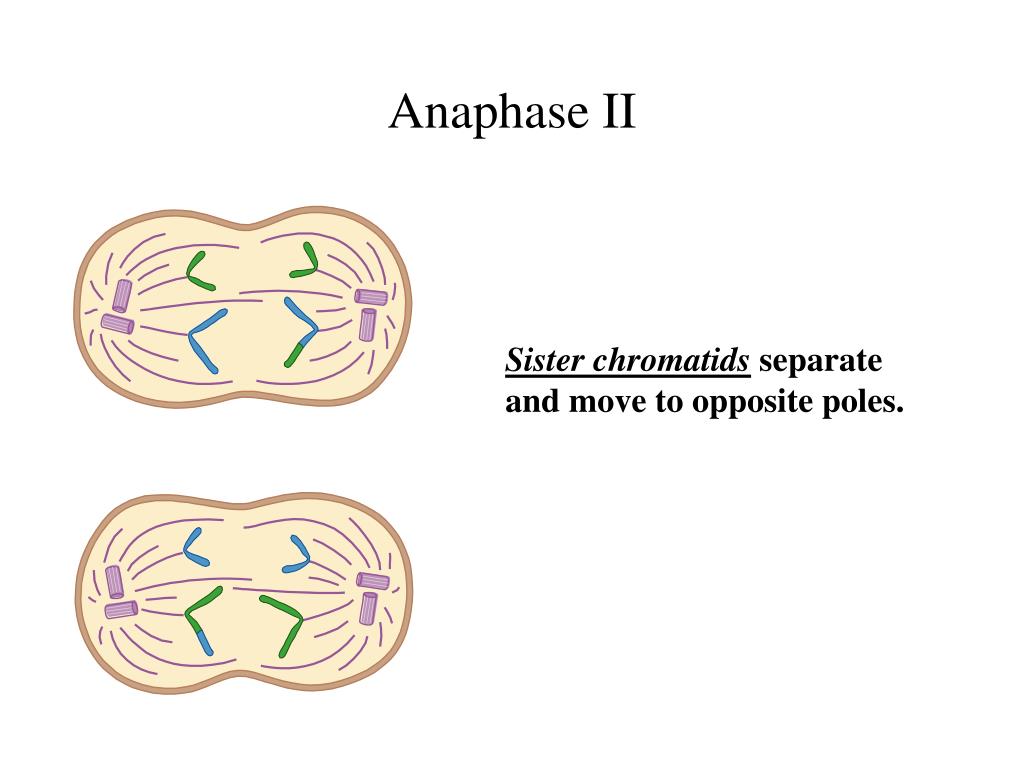
NE reassembly requires inactivation of mitotic kinases and activation of protein phosphatases that reverse the mitotic phosphorylation of NE proteins and components of the nuclear pore complex (NPC) 1, 2. During mitotic exit the nuclear boundary is reestablished through the complex process of postmitotic NE reassembly 1, 2. In higher eukaryotic cells that undergo open mitoses, the NE disassembles during each cell division, enabling mitotic spindle assembly. To better understand the reasons for NE fragility, we first discuss normal NE assembly. Interestingly, micronuclear NE fragility is known to originate in the prior mitosis 16. Why micronuclei have fragile NEs and how NE rupture occurs are key questions that require further exploration. Many of the downstream consequences of micronucleus formation are intricately associated with micronuclear NE fragility 15. Thus, micronuclei contribute broadly to many aspects of cancer biology. More recently, it was revealed that the DNA from ruptured micronuclei can also act as a source of cytoplasmic DNA and trigger an innate immune proinflammatory response 17, 18, 19, which is frequently seen in cancer (Fig. These steps then lead to DNA damage and chromosome pulverization 12 (Fig. This rupture originates from defective postmitotic NE assembly that persists into interphase 16 and results in the release of micronuclear contents into the cytosol 15. Later it was shown that the NE of micronuclei is fragile and ruptures, leading to the loss of nuclear-cytoplasmic compartmentalization 15. First, cytological evidence demonstrated that micronuclei undergo delayed DNA replication and DNA damage 9, 12, 13, 14. Only recently has the idea that micronuclei might lead to DNA damage and disease been revived (Fig. With this finding, the field was largely forgotten for decades. Despite the initial hypothesis that pulverized chromosomes might represent broken DNA, it was concluded that the pulverized appearance is merely the aberrant condensation of a chromosome that lagged during the cell cycle. This was followed by the observation that premature chromatin condensation and a pulverized appearance of chromosomes can be induced in the nuclei of under-replicated S-phase cells upon their fusion with mitotic cells 11, 12. In this seminal work, Kato and Sandberg proposed that micronuclei are associated with chromosome pulverization, a visual phenomenon of apparent discontinuous DNA fragments on chromosome spreads 10. The study of micronuclei and their potential role in DNA damage dates back to at least 1968. Although micronuclei are small structures, the impact they have on cells and their microenvironment is quite large. These consequences include a massive DNA rearrangement phenomenon called chromothripsis and activation of the cGAS-STING innate immune signaling pathway, which can be a double-edged sword with tumorigenesis and tumor prevention functions. Furthermore, we expound upon the various downstream consequences of micronucleus nuclear envelope rupture on cells. In this review, we discuss models of defective nuclear envelope deposition on missegregated chromosomes that lead to nuclear envelope rupture. Many consequences of micronucleus formation on tumor biology are dependent on the frequent and irreversible rupture of their nuclear envelopes, which results in the exposure of their DNA contents to the cytoplasm. It was recently shown that these nuclear structures are not only biomarkers of disease but also play an active role in tumor biology. They are frequently found in pathologies, including cancer.

#NUCLEAR ENVELOPE FRAGMENTS MEANING HOW TO#
COVID-19 Portal While this global health crisis continues to evolve, it can be useful to look to past pandemics to better understand how to respond today.Student Portal Britannica is the ultimate student resource for key school subjects like history, government, literature, and more.

From tech to household and wellness products.


 0 kommentar(er)
0 kommentar(er)
